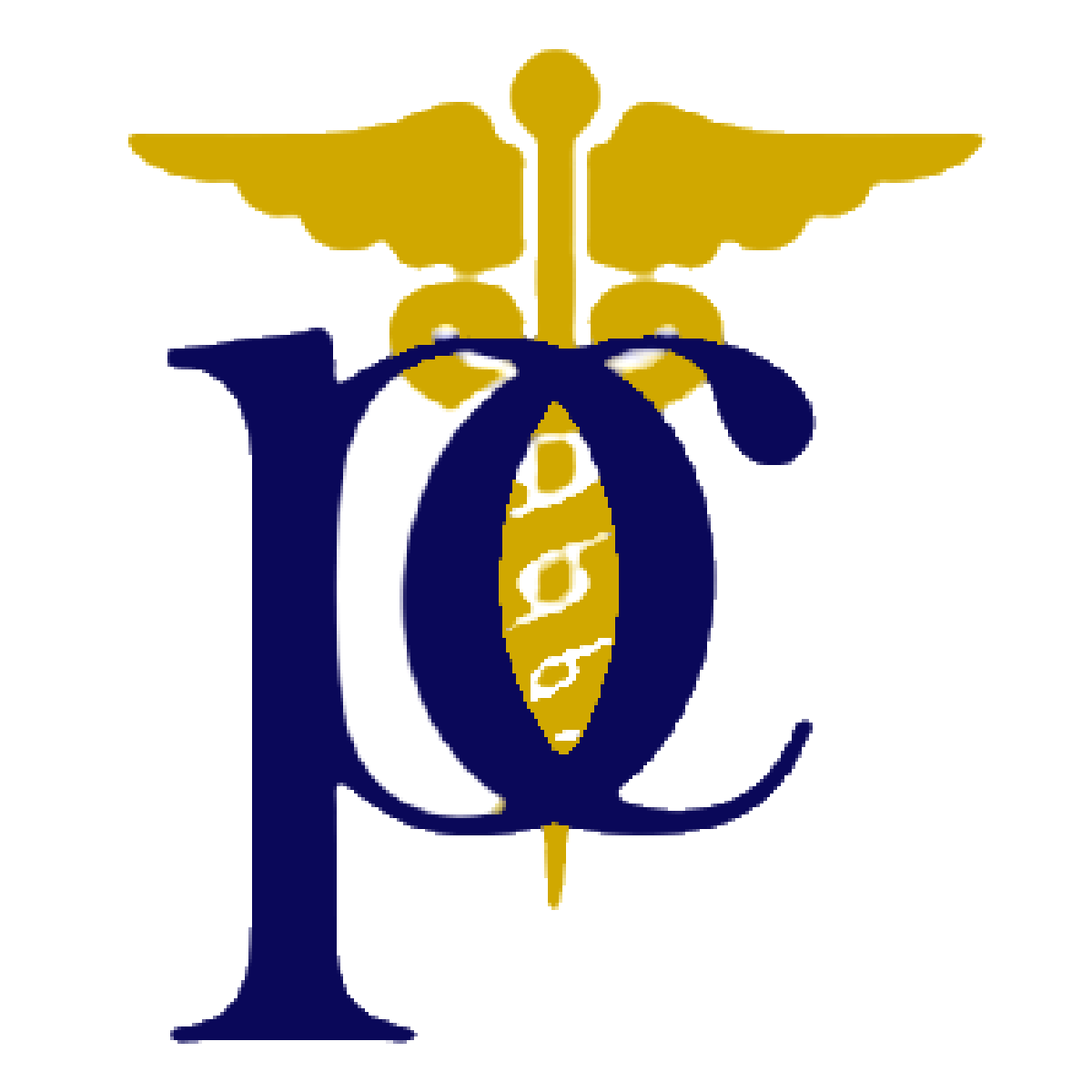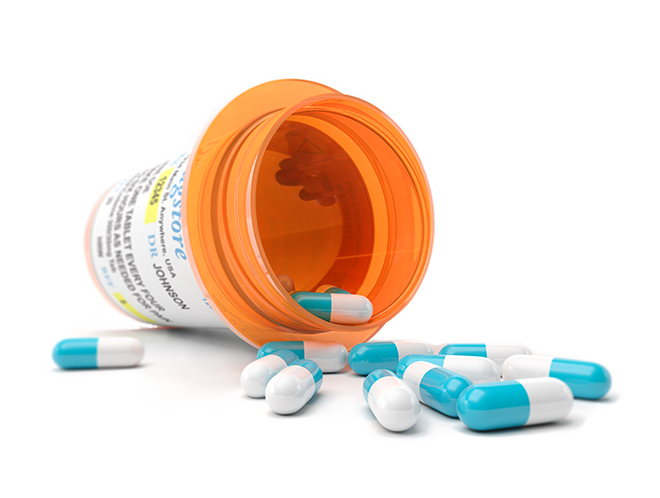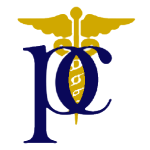Symptoms of OCD
Symptoms of OCD can be difficult to detect because there are many routines that are performed by individuals that are not life intrusive. However, when routines become compulsions that interfere with work, social-life or day-to-day function, this can lead to a poor quality of life.
- Habits that are repetitive, take a lot of time in the day, and don’t make sense.
- Counting and/or checking things repeatedly for fear of harm or danger.
- Arranging things constantly for perfect symmetry for fear of something bad happening if things are not arranged a certain way.
- Compulsive washing and cleaning for hours a day.
- Having made up rituals for doing things. Fear that if rituals are not performed, bad things will happen.
- Having a poor quality of life and severe disability because the compulsive behavior is all consuming.



